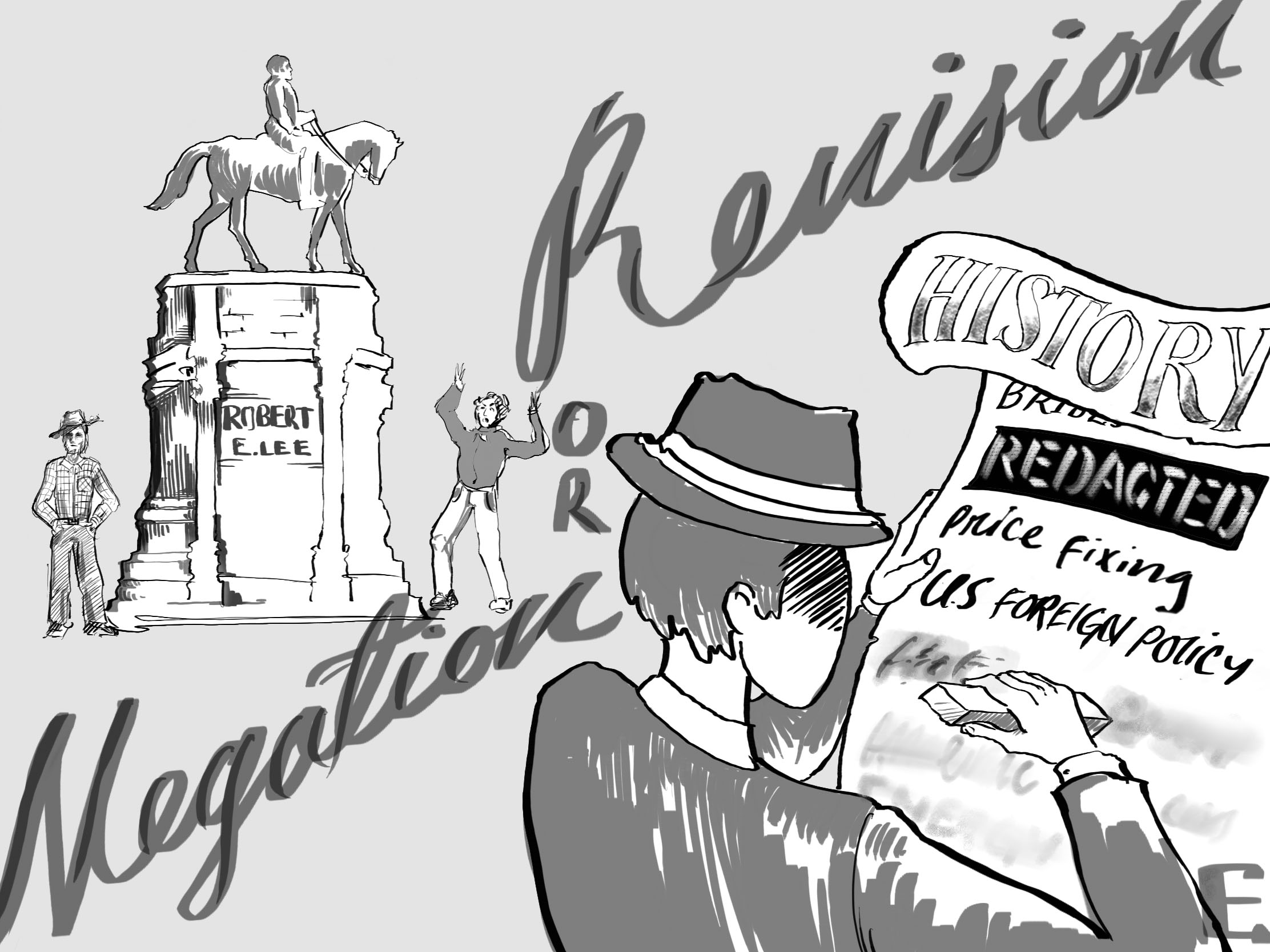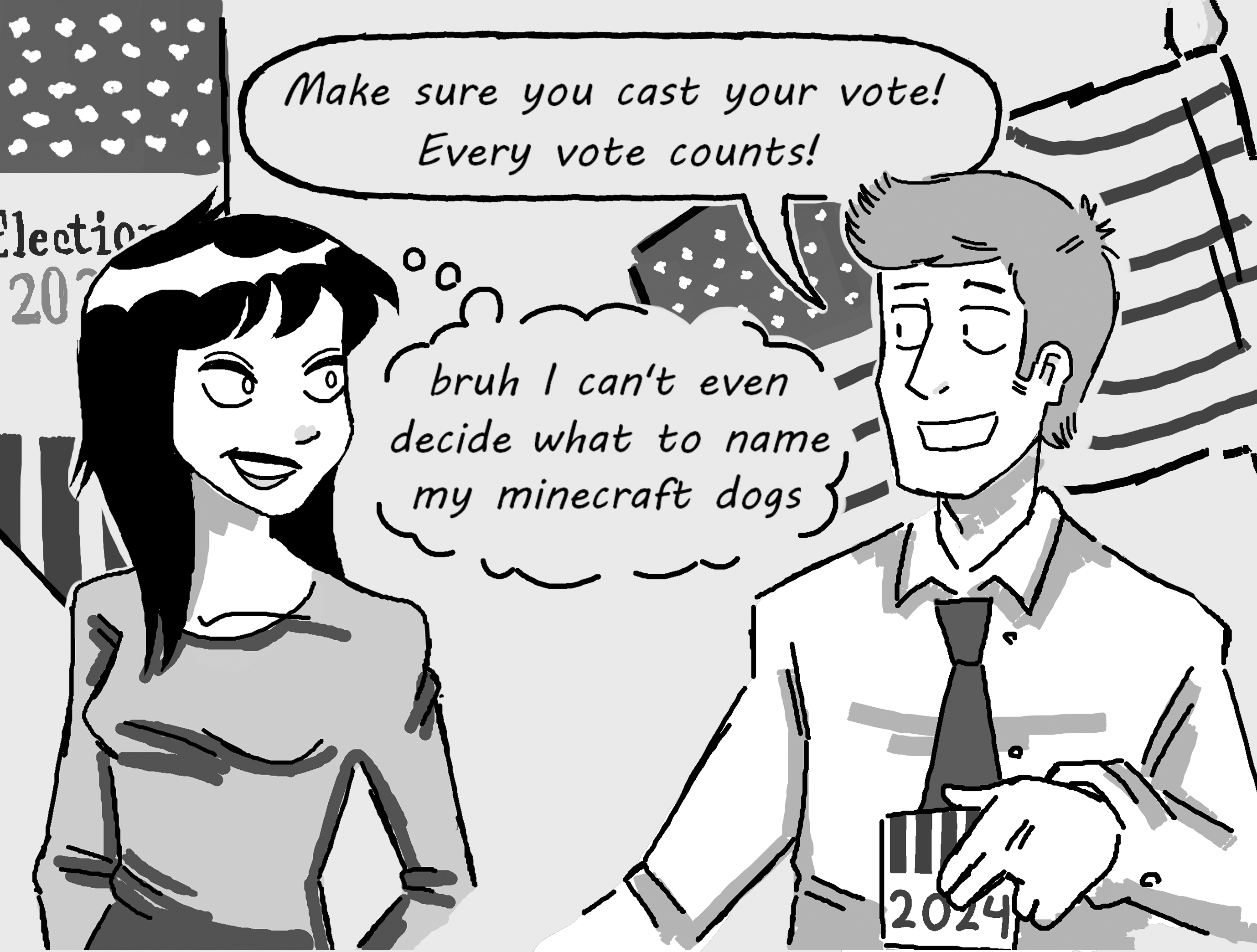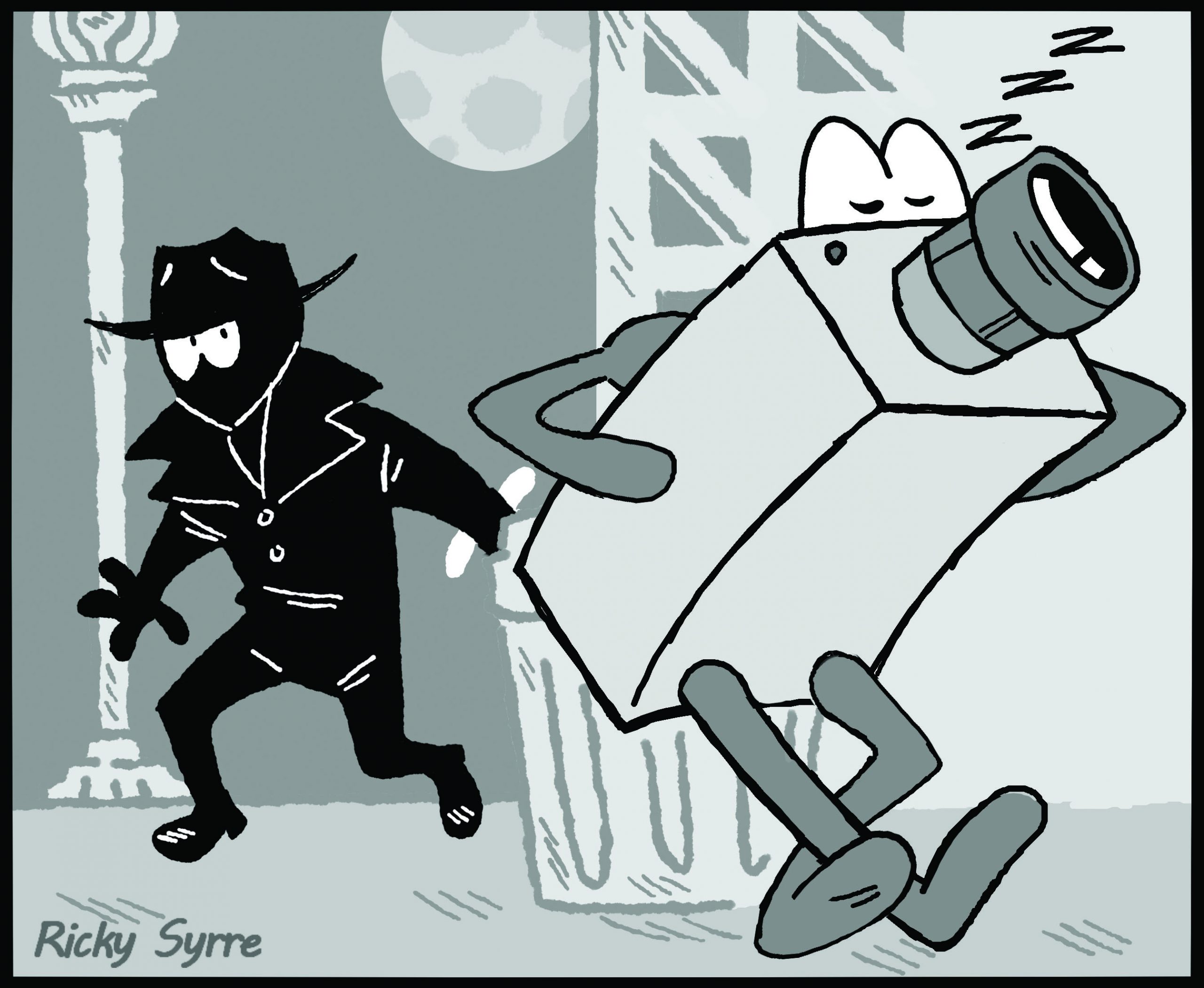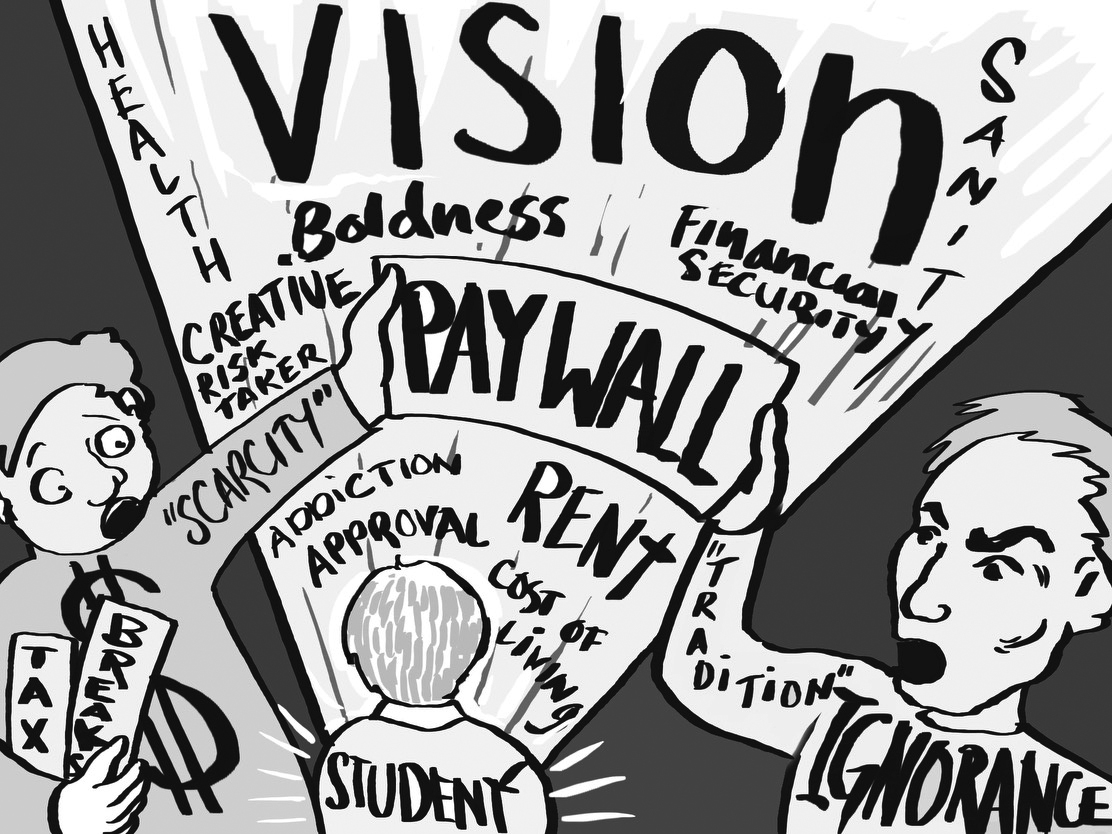In 2020, the quietly uttered phrase “I can’t breathe,” was heard echoed around the world. Words whispered from the faint lips of George Floyd, moments before his death, as he lie on the ground with a knee on his neck. As a direct result of this, protests were organized across the nation, but what else resulted from Floyd’s death?
According to a survey done by the Southern Poverty Law Center, Floyd’s murder unleashed a monumental movement across the United States as a total of 94 confederate monuments were removed.
A rapid increase from the four removals that occurred the year prior.
Since then there has only been more occurrences in these removal, as a total of 49 were removed in 2023 according to the SPLC.
Since these removals, there have been two very distinct sides for and against. While one argues the matter of preserving history, the other argues that these statues represent too much racism, oppression, and do not deserve a spot amongst the hefty list of monuments in the United States.
This issue is one that hasn’t garnered too much attention, despite a news story on it every so often. Yet, an enlightening conversation with a recent guest speaker at the 2024 People’s Literary Festival has sparked realization.
The man revealed his grandmother to be a residential school survivor, (a school that separated Indigenous children from their families and forbade them from their own culture)
Yet when the man’s grandmother left the school and grew older many years later, she, along with other survivors were asked if they’d like it to be torn down. To which many immediately replied no.
“We need to remember and let it serve as a reminder,” the survivors responded back.
After hearing this story, the man revealed he does see cause for the removal of some statues, but that there should also be in depth consideration of these removals beforehand.
Of this story, I am reminded of another. A gruesome event we all know, because we learned about it in history; the Holocaust.
Today, we all see the Holocaust for what it was; a wrongful mass genocide of people, and as we sit in class and learn of these gruesome events, we look back at history and wonder, “how could man ever be so cruel?”
We might then wonder why the very sight of this destruction, the concentration camps, are still up today and why people can actually visit them.
To this, I refer back to the wise words of the man’s grandmother.
“We need to remember.”
Today, it’s so easy for us to look back at history and judge others for their actions, so easy for us to separate the right from wrong, but only because we know both sides.
If the cruel remnants of Holocaust history were substantially erased back then, would we look back at them with the same effect we do now more than half a century later?
“Those who cannot remember the past are condemned to repeat it,” A phrase coined by a 20th century philosopher named George Santayana.
The truth is, we can erase history a million times over, but at the end of the day this will only result in a poorer education of it for future generations to come.
For this reason, I urge our country to deeply consider all factors before further deciding to remove statues. Not only for the sake of our past, but also for the sake of our future.





